Calling the series of strikes on Iran's nuclear facilities, missiles and military commanders a "defining moment in Israel's history," Israeli Prime Minister Benjamin Netanyahu warned that the campaign would continue as long as necessary.
Iran viewed the attacks as a declaration of war and responded with a series of missile strikes that have left civilians in both countries suffering heavy consequences. As of the end of June 16, at least 224 Iranians had been killed, while the number of casualties in Israel stood at 24.
History of the Israel-Iran conflict
Israel and Iran have been engaged in a covert war for decades, with a long history of covert attacks on land, sea, air and cyberspace, carried out through various proxy forces and allies in the region.
In 1967, Iran took over the Tehran Research Reactor under the US “Atoms for Peace ” program.
Israel and Iran were allies before the 1979 Islamic Revolution, which installed a new theocratic regime ideologically opposed to Israel's existence. Israel also views Tehran's nuclear ambitions as an existential threat.
When Israel invaded Lebanon in 1982, Iran helped found the Hezbollah movement. According to the US State Department, Tehran also funds other forces and paramilitary groups in Gaza, Yemen, Iraq and Syria.
In August 2002, Western intelligence agencies and an Iranian opposition group revealed Iran's secret Natanz uranium enrichment facility. In June 2003, Britain, France, and Germany entered nuclear negotiations with Iran. By October 2003, Iran had suspended uranium enrichment.
In February 2006, Iran announced that it would restart uranium enrichment after President Mahmoud Ahmadinejad was elected. Britain, France, and Germany withdrew from the stalled negotiations.
In 2010, the Stuxnet computer virus was discovered to sabotage Iranian centrifuges.
On July 14, 2015, several world powers (including the United States) and Iran announced a comprehensive, long-term nuclear deal, limiting Tehran's uranium enrichment activities in exchange for the lifting of economic sanctions.
Negotiators of the 2015 Iran nuclear deal pose for a group photo at the United Nations building in Vienna, Austria. Photo: Reuters |
In 2018, Prime Minister Benjamin Netanyahu said Israel had obtained tens of thousands of pages of data on Iran's nuclear program. That same year, US President Donald Trump unilaterally withdrew from the 2015 nuclear deal.
In July 2020, a mysterious explosion destroyed a centrifuge factory at Iran's Natanz nuclear enrichment facility. Iran blamed the blast on Israel. In November of the same year, Iran's top military nuclear scientist, Mohsen Fakhrizadeh, was assassinated with a remote-controlled machine gun.
On April 11, 2021, an attack on Iran's underground nuclear facility at Natanz broke out. Iran blamed Israel. Israel denied the accusation. On April 16, 2021, Iran began enriching uranium to 60%, the highest purity level ever and a technical step up from the 90% weapons-grade level.
On October 7, 2023, after Hamas sparked the most intense conflict between Israel and Hamas that has lasted to date in Gaza, Israel killed most of the group's senior leaders, and attacked Hezbollah and Houthi targets during the same period.
A fire breaks out after a rocket attack in Ashkelon, Israel, October 2023. Photo: Reuters |
On April 1, 2024, an Israeli airstrike destroyed the Iranian Consulate in Damascus, Syria, killing 16 people, including two Iranian generals. In response to the Israeli airstrike, on April 14, 2024, Iran launched an unprecedented attack on Israel, launching more than 300 missiles and unmanned aerial vehicles (UAVs). Israel intercepted most of these missiles and UAVs with the support of the US-led coalition.
On October 1, 2024, Iran launched its second direct attack on Israel, although the US-led coalition and Israel shot down most of the missiles. On October 26, 2024, Israel launched its first public attack on Iran, targeting air defense systems and sites related to the country's missile program.
June 13, 2025: In a serious escalation, Israel announced that about 200 Israeli Air Force aircraft dropped 330 bombs on about 100 targets in six cities, including Tehran and Iran's Natanz nuclear facility, killing many senior Iranian commanders and top scientists (at least 20 according to Reuters).
Iran responded by launching about 100 unmanned aerial vehicles (UAVs) toward Israel. A barrage of Iranian missiles then lit up the Tel Aviv sky on the evening of June 13. Israel said most of the missiles were intercepted or did not reach their targets.
On June 14, 2025, Israel expanded its airstrikes to target Iran's energy sector as Iranian missile and drone attacks continued against Israel.
On June 15, 2025, Israel launched airstrikes across Iran and threatened more force when several Iranian missiles evaded Israeli air defenses and struck buildings in the center.
On June 16, 2025, Iranian missiles struck Tel Aviv and the port city of Haifa. Iran's Islamic Revolutionary Guard Corps claimed the attack used a new method that caused Israel's multi-layered defense systems to target each other, allowing Tehran to successfully hit multiple targets, but did not provide further details.
In four days, at least 24 Israelis and 224 Iranians were killed, and thousands more were injured.
June 17, 2025: Sirens sound across Tel Aviv and Jerusalem.
Rescue workers work at the scene after an Iranian airstrike in Bat Yam, Israel, June 2025. Photo: Reuters |
Why did Israel attack at this time?
Long harboring ambitions to destroy Iran's nuclear capabilities, Israel says new intelligence shows Iran is "reaching a point of no return" in developing nuclear weapons.
But a source familiar with US intelligence reports said there had been no recent change in Washington's previous assessment that Iran was not building nuclear weapons and that Supreme Leader Ali Khamenei had not authorized the continuation of a weapons program that was shut down in 2003.
The impetus for the attack came after the United Nations nuclear watchdog, the International Atomic Energy Agency, said Iran had failed to meet its non-proliferation obligations for the first time in nearly two decades, after warning that Tehran had enough nearly weapons-grade enriched uranium to build a nuclear bomb.
MAI HUONG (synthesis)
* Please visit the International section to see related news and articles.
Source: https://baodaknong.vn/cang-thang-israel-iran-lich-su-xung-dot-255861.html


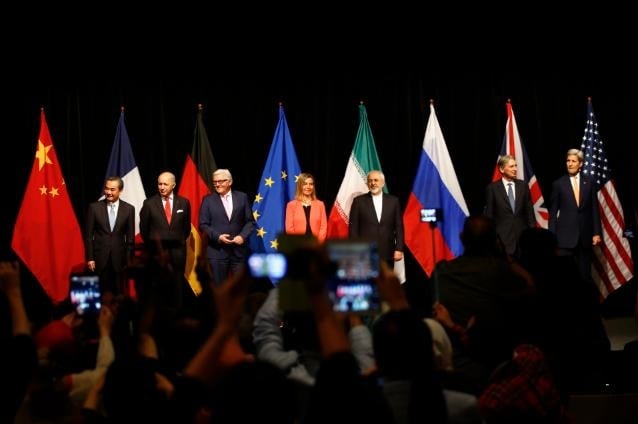
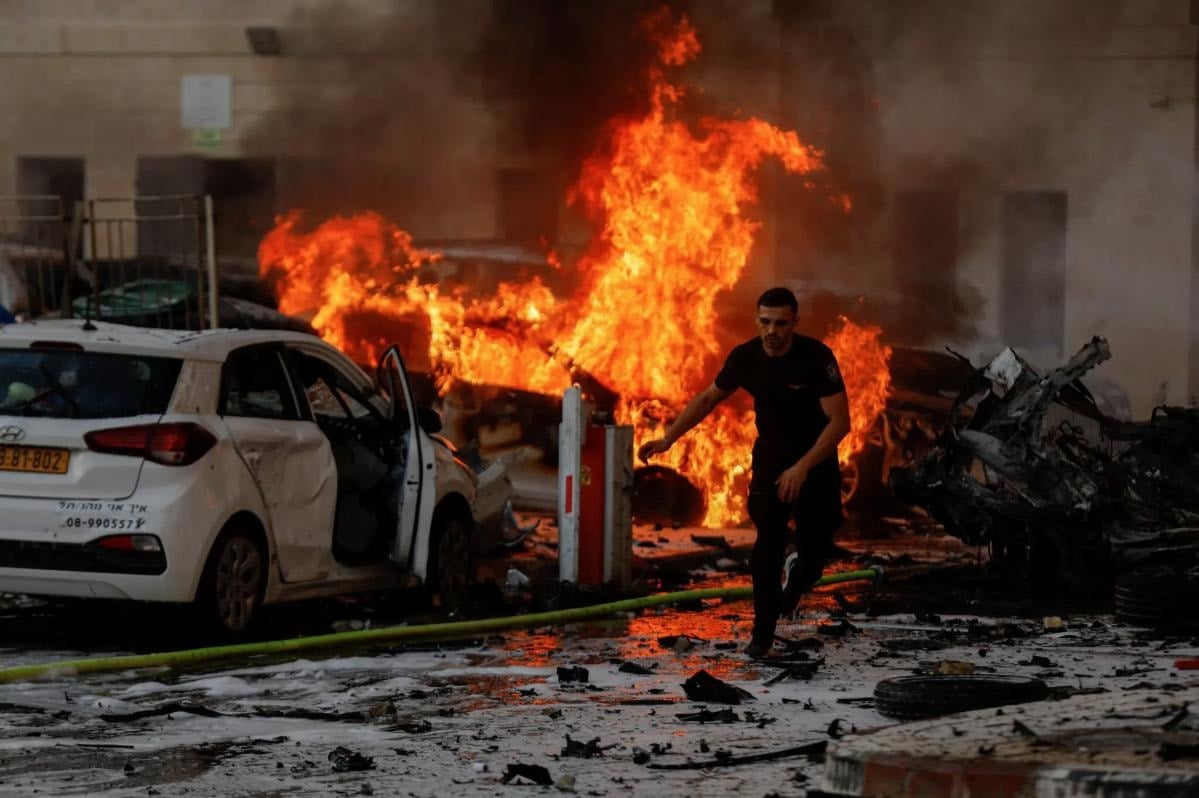
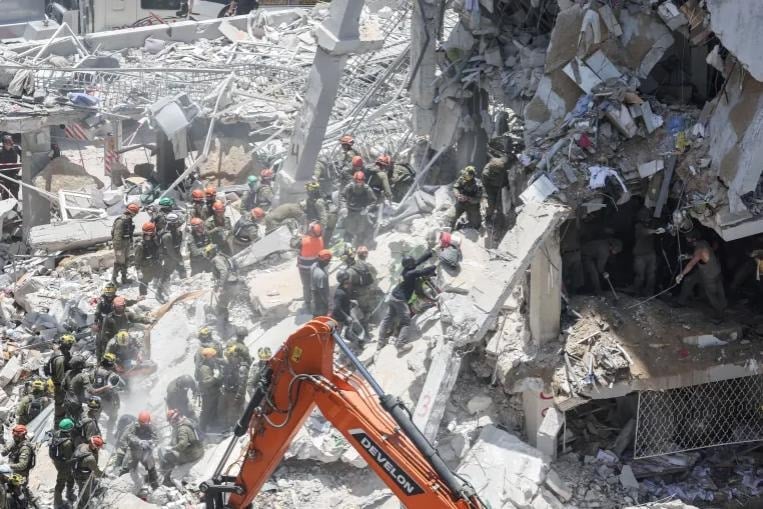









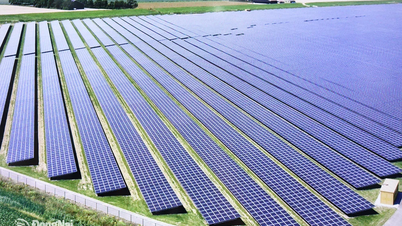















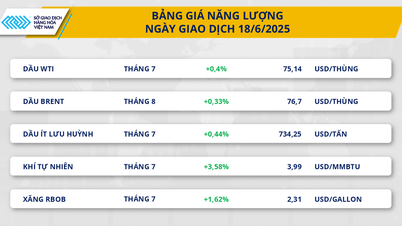



















































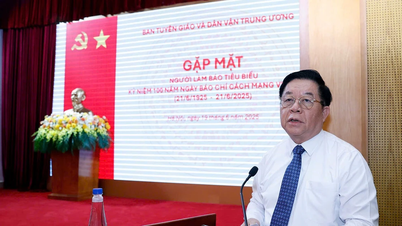



















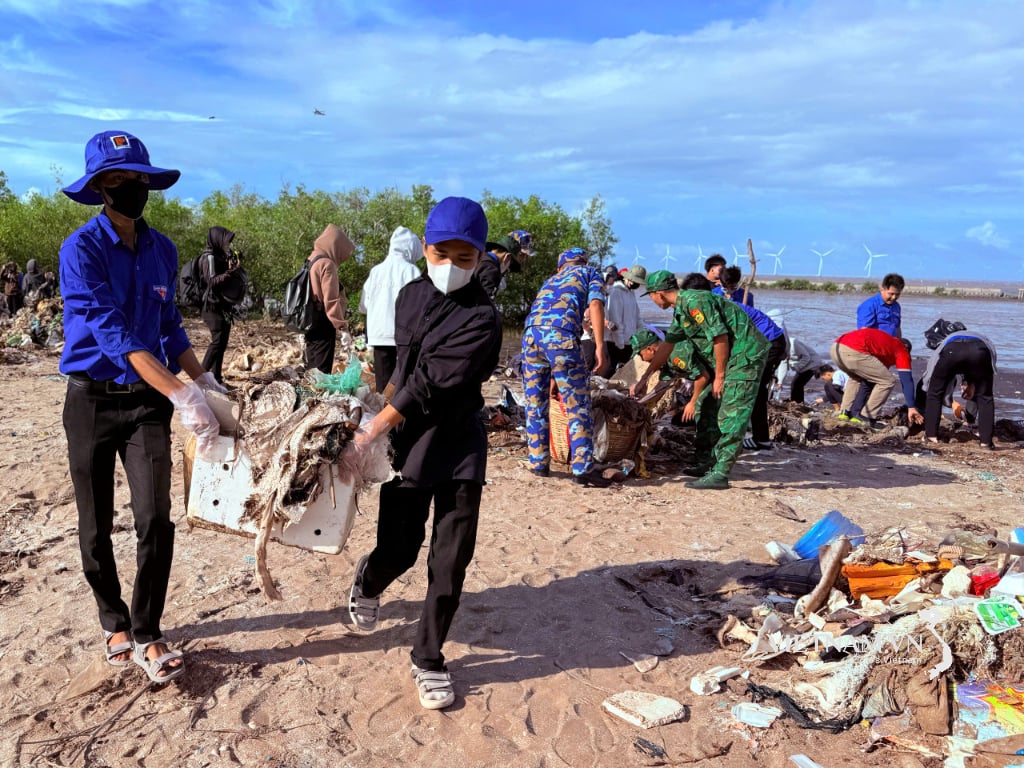


Comment (0)